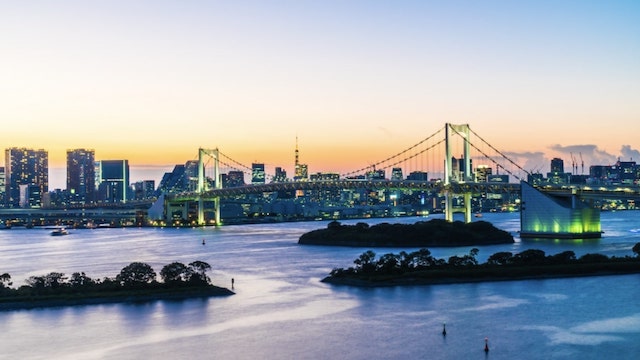HIROSHIMA, Feb 07 (News On Japan) - Located off the coast of Takehara City, Hiroshima Prefecture, Ōkunoshima—popularly known as "Rabbit Island"—is home to hundreds of wild rabbits. Every year, thousands of tourists visit the island to interact with the animals, but few are aware of its somber past as a former poison gas manufacturing site.
A short train ride from JR Mihara Station followed by a three-minute walk leads to the ferry terminal. Even before setting foot on the island, rabbit motifs can be seen everywhere—from pink rabbit-themed postboxes to an array of souvenirs such as T-shirts and postcards. Bags of rabbit food, sold for 200 yen, are a common purchase among visitors. Ferries, painted in matching pink hues, transport about 50 passengers per trip, running twice per hour.
Ōkunoshima, a small uninhabited island spanning roughly four kilometers in circumference, is a scenic spot where visitors can explore nature trails and interact with an estimated 500 to 600 rabbits. To protect the animals, cars are prohibited on the island, and visitors can rent electric-assisted bicycles or compact mobility vehicles for ease of exploration.
Many visitors express their love for the rabbits, with one tourist from Kobe bringing 2.5 kilograms of rabbit food from home. "They're so friendly—they come right up to you asking for food," he said, smiling.
However, strict rules are in place to ensure the welfare of the rabbits: visitors are not allowed to touch them, must take leftover food with them, and are prohibited from bringing other pets onto the island.
Despite its current image as a rabbit haven, Ōkunoshima has a little-known dark history. Between 1930 and the end of World War II, the island housed a secret poison gas production facility operated under the direct control of the Imperial Japanese Army. The site produced chemical weapons such as mustard gas, stored in six massive tanks with a combined capacity of 100 tons. At its peak, over 6,000 workers were engaged in production.
Traces of this past remain on the island. Visitors can find the ruins of storage facilities, tunnels, and an old power plant that once supplied electricity to the factory. Walls blackened by fire serve as a stark reminder of the island’s wartime role. Additionally, an old gun battery dating back to the Russo-Japanese War still stands, having been built to defend against Russian naval attacks.
The Ōkunoshima Poison Gas Museum displays artifacts from this era, including production equipment, protective suits, and gas masks designed to prevent exposure to toxic chemicals. One of the most striking exhibits is a historical map from 1938, where Ōkunoshima was deliberately erased, reflecting the secrecy surrounding its operations.
Shinmoto, 74, a local guide, has dedicated himself to preserving and sharing the island’s history. "Because it was an island, it was easier to keep things secret. Workers were not allowed to speak about their jobs," he explained. "The government even removed Ōkunoshima from maps."
Although the island is now a peaceful retreat, Shinmoto emphasizes the importance of remembering its past. "Today, people know it as 'Rabbit Island,' which is wonderful, but we must not forget what happened here. Some records suggest rabbits were used in poison gas experiments. I believe it's my duty to ensure people understand the island's full history."
Ōkunoshima is a place where the past and present coexist—where adorable rabbits roam freely, yet the scars of history remain.
Source: ABEMAニュース















